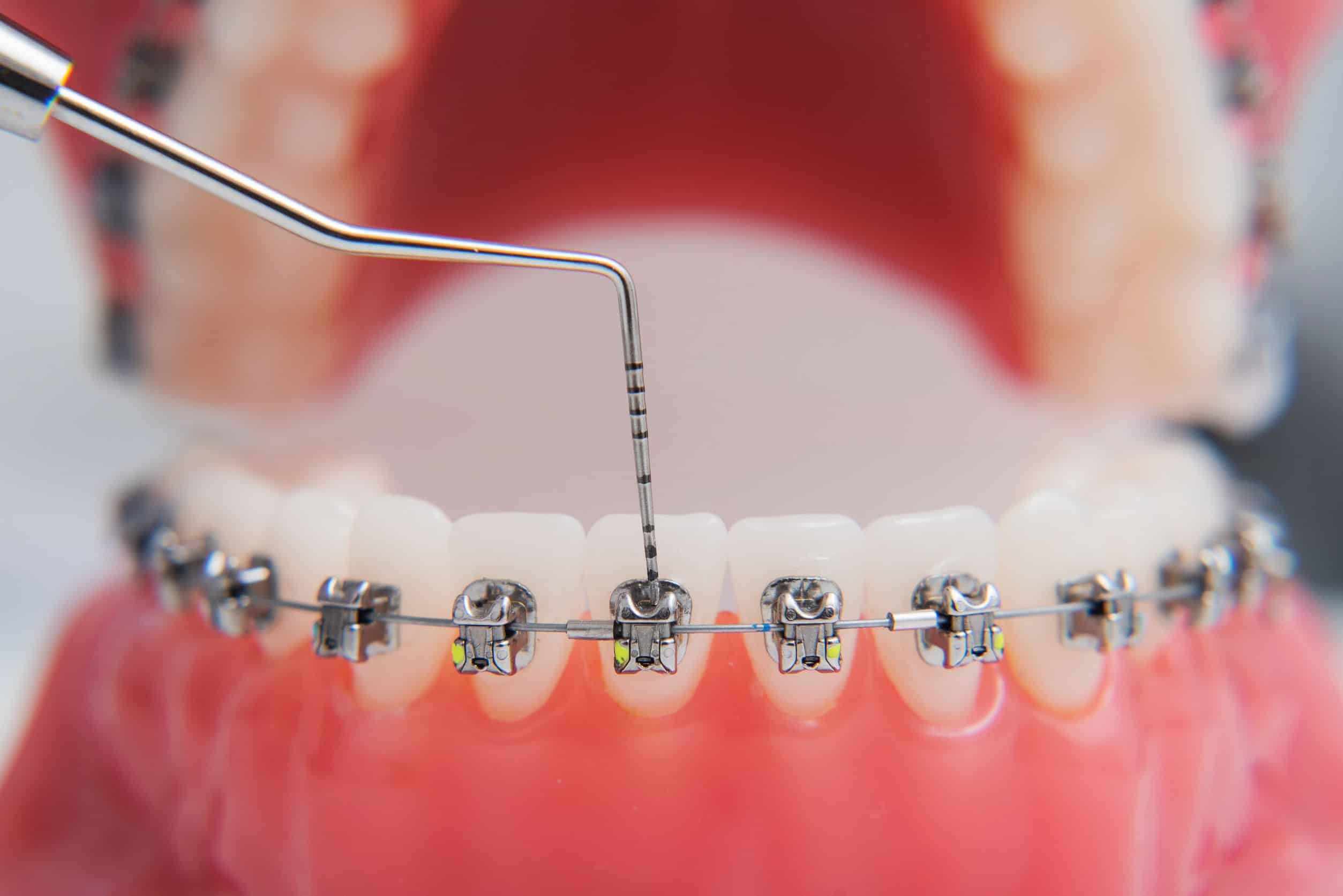Legacy Orthodontics Things To Know Before You Get This
Legacy Orthodontics Things To Know Before You Get This
Blog Article
Not known Facts About Legacy Orthodontics
Table of Contents3 Simple Techniques For Legacy OrthodonticsGetting My Legacy Orthodontics To WorkWhat Does Legacy Orthodontics Mean?The Ultimate Guide To Legacy OrthodonticsEverything about Legacy Orthodontics
In addition, we offer adjustable treatment schedules, adaptable settlement choices and an enjoyable, satisfying experience.An orthodontist is a dental practitioner educated to detect, protect against, and treat teeth and jaw abnormalities. Orthodontists work with people of all ages, from youngsters to grownups.
Malocclusion, or misaligned teeth, can result in dental concerns, including tooth decay, periodontal disease, and hard or agonizing chewing. Not everyone is birthed with straight teeth. If you have a bad bite or huge spaces in between your teeth, you may wish to consult a dental practitioner specializing in orthodontic treatment.
Little Known Facts About Legacy Orthodontics.
( Image Credit: DigitalVision/Getty Images) Orthodontists make use of repaired and removable oral gadgets, like braces, retainers, and bands, to transform the position of teeth in your mouth. Orthodontic treatment is for oral problems, consisting of: Jagged teethBite problems, like an overbite or an underbiteCrowded teeth or teeth that are also much apartJaw misalignmentThe goal of orthodontic treatment is to improve your bite.
A healthy and balanced bite guarantees you can eat, eat, and speak effectively. While you may consider orthodontists as mostly for children or young adults that need dental braces, they can correct oral troubles at any age. Orthodontists go to university, dental institution, and orthodontic school. After college graduation, they spend 2 or 3 years in an orthodontic residency program.
All orthodontists are dental professionals, however not all dental experts are orthodontists. Orthodontic residency programs offer extensive, concentrated guideline for dental specialists. They focus on 2 areas: Just how to properly and securely relocate teeth Just how to effectively assist development in the teeth, jaw, and faceOnce an orthodontist has actually completed training, they have the alternative to become board accredited.
Some Known Questions About Legacy Orthodontics.
Malocclusion leads to tooth overcrowding, a twisted jaw, or irregular bite patterns. Malocclusion is typically treated with: Your orthodontist attaches steel, ceramic, or plastic square bonds to your teeth.
If you have only small malocclusion, you may have the ability to use clear dental braces, called aligners, as opposed to traditional braces (https://pastebin.com/u/legacyortho). Some people require a headwear to help move teeth right into line with stress from outside the mouth. After braces or aligners, you'll need to put on a retainer. A retainer is a customized tool that maintains your teeth in position.
They can create extra area in the mouth without having to draw teeth. Orthodontists make use of cords, medical screws, or plates to sustain your jaw bone.
You may need to see an orthodontist if you have: Crowding or not sufficient space for every one of your teethOverbite, when your top teeth come by your base teethUnderbite, when your base teeth are too much forwardSpacing or problems with gapsCrossbite, which is when your top teeth fit behind your bottom teeth when your mouth is closedOpen bite or an upright space in between your front base and upper teethMisplaced midline, when the center of your bottom and top teeth don't line up Correcting an oral malocclusion can: Make biting, eating, and talking easierImprove the balance of our face and your total appearanceEase discomfort from temporomandibular joint conditionsSeparate your teeth and make them easier to cleanse, helping stop tooth decay or tooth cavities It's often a dental practitioner that first notices misaligned teeth throughout a regular examination.
The smart Trick of Legacy Orthodontics That Nobody is Talking About

Throughout your initial orthodontic consultation, you'll likely have: An oral examPhotos taken of your face and smileDental X-raysPanoramic (360 degree) X-rays of your face and headImpressions to create molds of your teethThese examinations will certainly aid your orthodontist understand how to wage your treatment. orthodontics. An orthodontist is a dental expert who's had training to treat your teeth and jaw
An orthodontist is focused on your bite, so something like a chipped tooth would certainly be handled by a dentist. Orthodontists are focused on your bite, or the way your teeth fit with each other, and the straightness of your teeth.
Ever wondered just how stars constantly appear to have flawlessly lined up teeth? Orthodontists are dental specialists that concentrate on remedying abnormalities in the teeth and jaws.
Our Legacy Orthodontics Diaries

While braces are one of the most frequently acknowledged orthodontic treatment, orthodontists have a varied toolkit at their disposal. The specific technique picked relies on the severity of the case, the individual's age, and specific preferences. These tried-and-true dental braces use a system of brackets bound to the teeth and linked by wires.
Clear aligners, like Invisalign, are a prominent choice for patients seeking a much more discreet treatment option. These removable trays are custom-made to considerably move the teeth's placement. Headwear might be used together with braces or aligners to apply additional targeted pressures, particularly for correcting jaw inconsistencies. In cases of narrow jaws, palatal expanders can be made use of to develop room for correct tooth placement.
Report this page